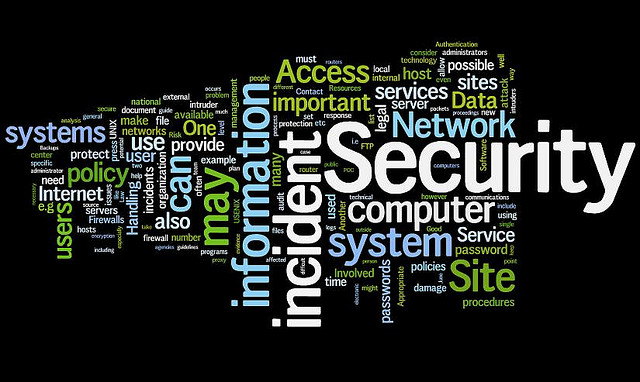Healthcare is one of the oldest professions in the world. From ancient Egyptian and Indian civilizations in a time before Christ, to the rise and subsequent fall of the mighty Roman and Greek empires, everywhere you look, medicine has been ever present in some way, shape or form. So, with an industry so steeped in tradition, it’s interesting how technology and innovation have played such a huge part in its development. Information Technology or IT is our generation’s big technological advancement. Smartphones, tablets, laptops and wireless Internet connectivity have changed the way we share information, and this technology has been integrated into the field of healthcare as well.
What IT brings to the medical fore
What is somewhat unique in this situation though is that the technology isn’t focused so much on the actual aspect of administering medicine or its auxiliary functions, but more on the administrative side of things when it comes to the medical industry. Medical professionals, administrations in clinics and hospitals, and patients themselves are enjoying the many benefits of immediate on-demand access to medical records unbound by geographic restrictions. The flow of information in and out of medical organizations has climbed up a notch, and the fact that the patients’ needs have now been put to the forefront with an increased ease of access and uncomplicated processes is another step forward.
Why this was necessary
The widespread use of smart phones and Internet on-the-go meant patients were gaining easier access to information from other aspects of life – personal finance information for example, and were demanding the same level of integration when it came to their medical communication. If your monthly bank statement can be delivered straight to your e-mail inbox, then you wouldn’t want to take a lengthy trip to the hospital to pick up your medical reports, would you? Furthermore, medical reports, diagnosis, test results and the like are more open to scrutiny thanks to the advent of the internet where the doctor’s diagnosis can be verified and cross-checked. This availability of information at their fingertips from other aspects of life meant patients expected the same level of response from medical institutions, and the healthcare industry has responded.
Electronic Health Record
The Electronic Health Record or EHR is the U.S. Department of Health and Human Services (HHS) answer to this demand for electronic advancement. EHR is essentially a standard patient chart in digitized form. This EHR though goes above and beyond a standard chart. It contains a patient’s entire medical history – including diagnoses made in the past, medications and treatments administered, records of immunizations, history of allegories, lab test results, and radiology reports. All this information is stored in a server accessible by certified medical institutions across the nation, and the benefits of a system such as this are massive. Administering medicine without knowledge of a patient’s medical history is a risky prospect as new treatments can cause old problems to resurface or get worse if this treatment clashes with previous issues. This risk is mitigated by EHR.
Security risks
While the benefits are there for all to see, the problem with digitizing any sensitive information is the risk of that information being compromised by unsavory acts from individuals with ill-will and a knack for bypassing cyber security measures. Such lapses in security and sensitive medical information in the wrong hands can lead to instances of insurance fraud, and can causes patients to suffer from economic problems, mental trauma, and open them up to social ridicule based on the medical details divulged. Security for medical records then should be a priority.
While this is certainly the case in major hospitals and clinics, there are certain aspects of the EHR process that might not be so secure. Take medical transcription for example. Medical transcription is the process of converting observations dictated and recorded by doctors into formal digitized medical records. According to Career Step, an institute that provides medical transcription training, one of the benefits of medical transcription is the ability to work from home. While Career Step go on to stress that a secure internet connection is required, is this requirement enforced by the hospitals or firms that hire medical transcriptionists to help create digital medical records?
According to one study, “A recent survey in the USA suggests that 75% of patients are concerned about health websites sharing information without their permission (Raman, 2007). Possibly, this patient perception is fuelled by the fact that medical data disclosures are the second highest reported breach (Hasan and Yurcik, 2006).” With medical data scoring so high on the security breach charts, this is a problem that requires further examination. Solutions need to be found and implemented before the healthcare industry can wholly adopt digitization.







Recent Comments